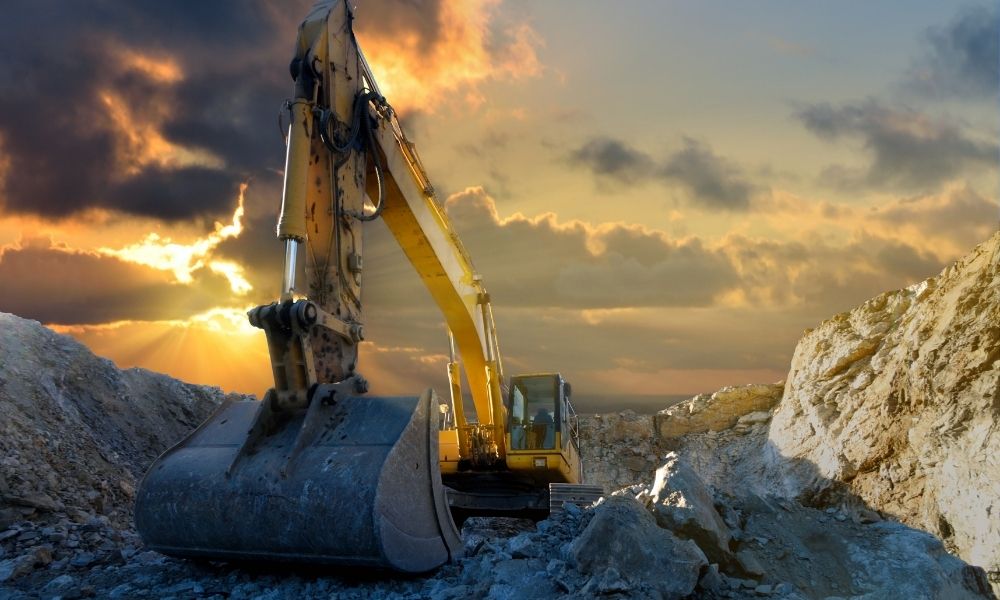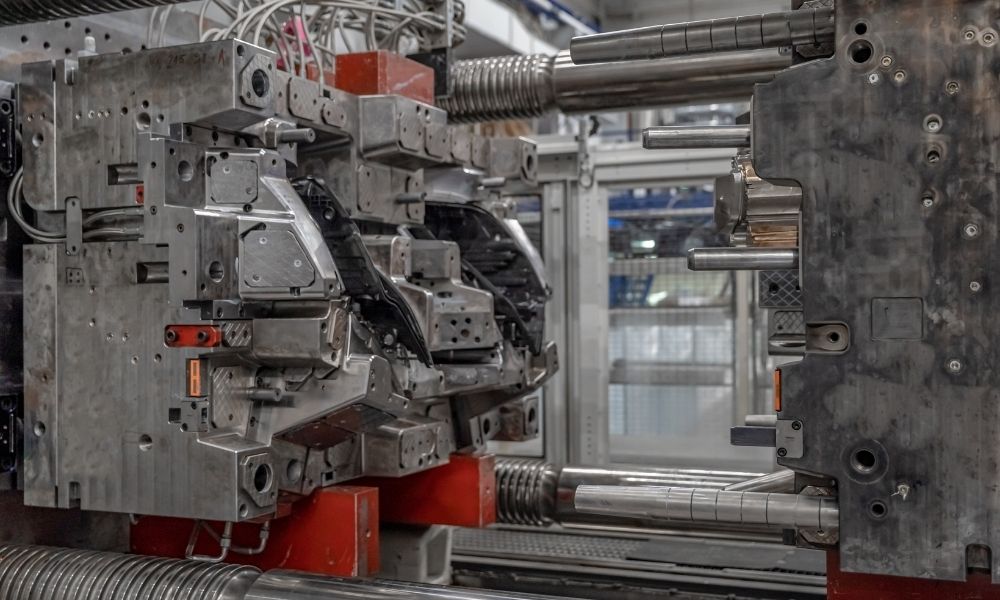Purchasing high-quality wear parts is a crucial part of maintaining your construction equipment. Cheap or unreliable products offer worse efficiency, durability, and performance than parts from a trusted seller. That’s why you must tread carefully when shopping for wear parts. Invest in the best products available with this list of what to consider when choosing construction wear parts.
Look at Industry Standards
Quality is non-negotiable in the construction industry. That’s why there are several regulations and standards that manufacturers, sellers, and end users can use to ensure products—and the processes that made them—are up to code. When purchasing wear parts, make sure you buy from a company that upholds crucial compliance standards such as ISO 9001 and ASTM.
Furthermore, look for proof of these certifications and compliances. Years of industry experience, certified Quality Management Systems, and compliance certifications help indicate that a supplier provides high-quality products you can rely on.
Does the Part Work for You?
There are so many different machines, parts, and systems that it’s easy to find a product that is almost right but doesn’t quite work. That’s why precision, specification, and customization are all part of what to consider when choosing construction wear parts. With different designs, materials, and even customization requirements, you must ensure that the part you buy is going to work for your machine. Similarly, make sure the supplier you buy from has a versatile collection of parts and materials that will serve all your needs.
Find a Supplier With Great Customer Service
As you research a supplier’s industry qualifications and collections, you’re likely to have questions for them. As such, phenomenal customer service is a key part of purchasing any form of construction equipment. From customization options to shipping and return policies, every step of the buying process becomes easier when you can work with friendly, knowledgeable professionals who value you, your time, and your business.
If you’re in need of construction equipment wear parts, look no further than Cast Steel Products. With comprehensive industry qualifications and reliable, on-time delivery, we can help you complete your purchase with as little stress as possible.




